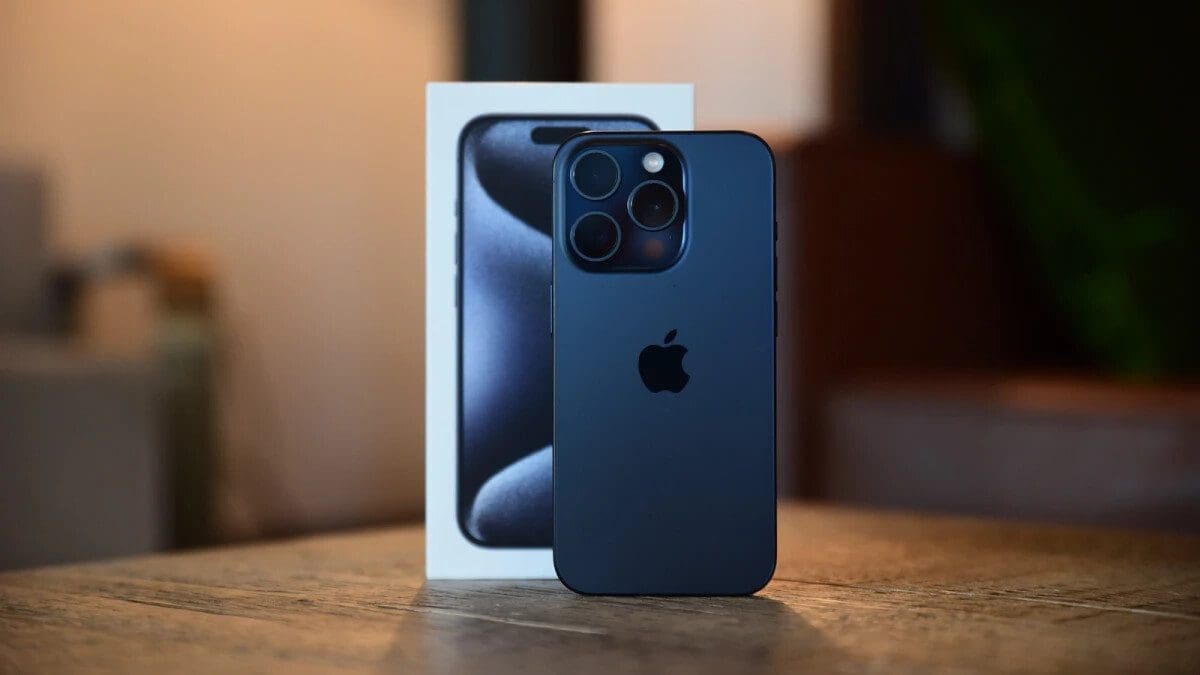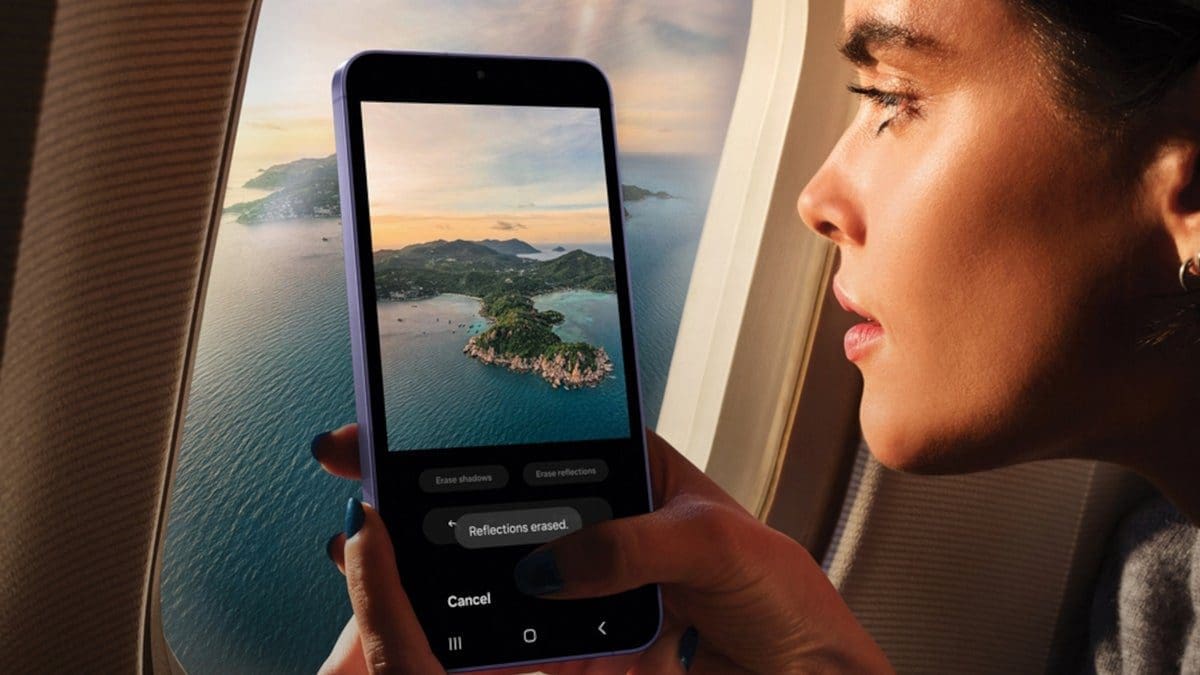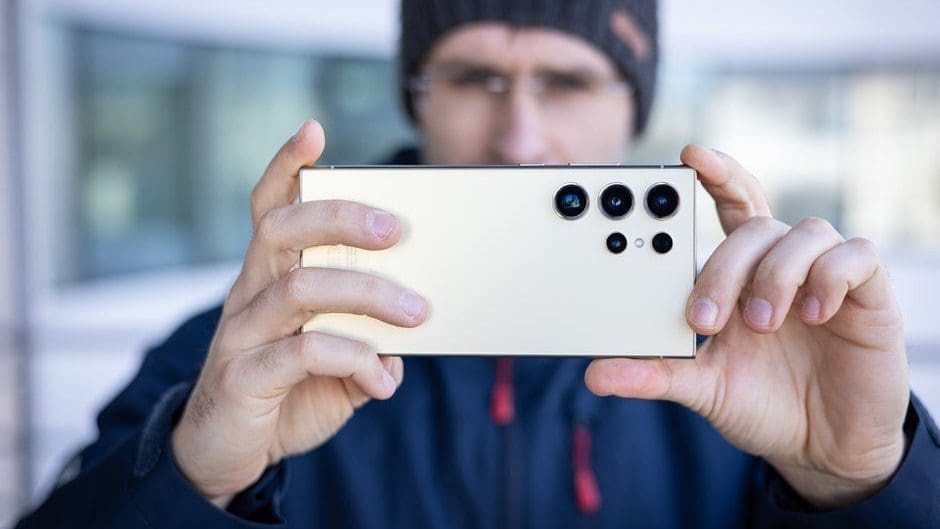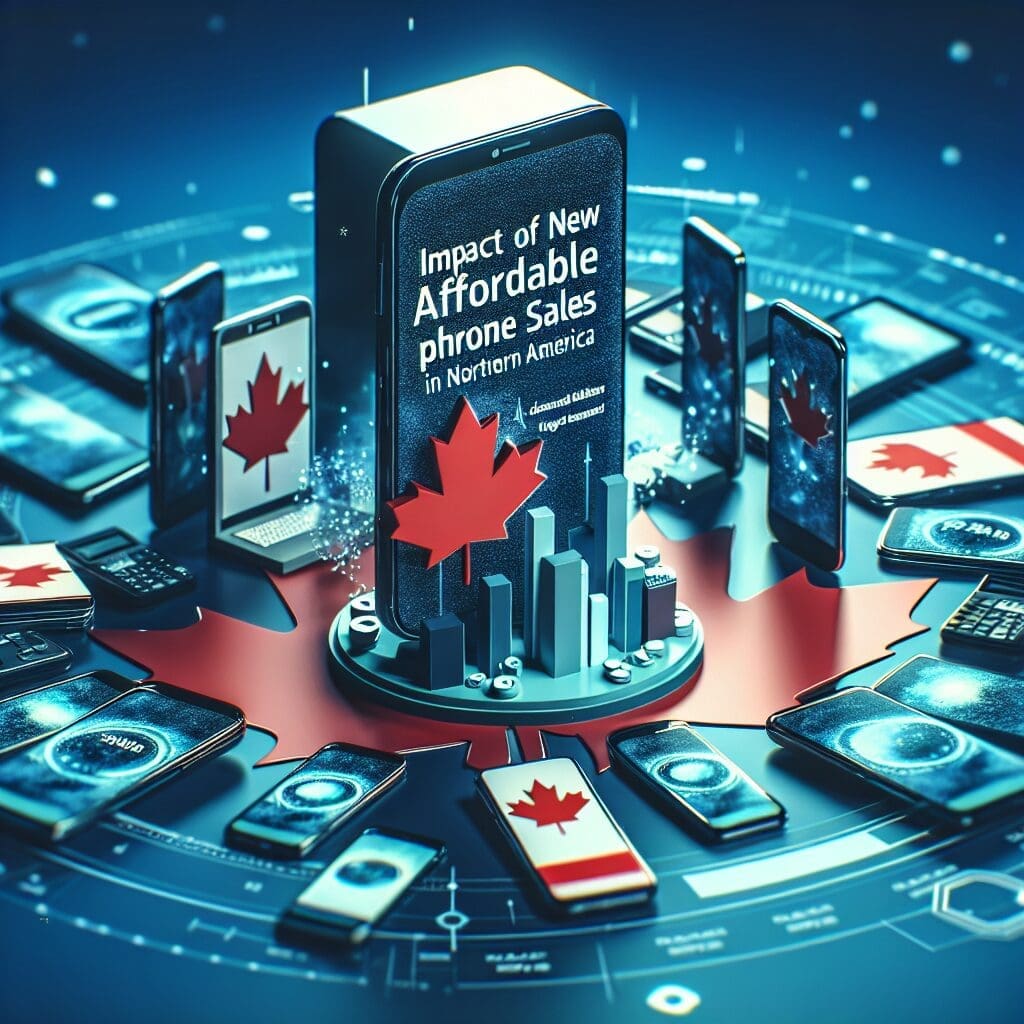The whole point of the European law that forced Apple to ditch the proprietary Lightning port for a USB Type-C connector is to enable people to use the same cable for a wide variety of devices. But a report sowed seeds of confusion by saying Android cables could damage the iPhone 15.
Some third-party retailers are allegedly asking customers to not use Android USB-C cables for the iPhone 15. They provide a reason that could convince people who are not well-versed in matters related to tech. According to them, both cables have a different number of pins on one side and this could create issues.
USB-C cables can have a total of 24 pins, with 12 located on the side of the internal tongue within the port, encircling the interior of the cable-end to facilitate bidirectional connection. A USB-C cable only needs the pin connections that support the speed and performance of their underlying specification, such as USB 2.0 or USB 3.2 Gen 2.
The cables’ job is not restricted to data and energy transfer. They are also a part of the handshake process, a protocol for establishing the rules of a connection, such as what combination of volts and amps will be applied from the charging device, removing all potential for damage.
In short, you don’t have to worry about the varying number of pins in different USB-C cables. As long as a cable is compliant with the USB-C standard, it can be used to charge the iPhone 15.
Whether the shopkeeper who is going around telling people to buy Apple-made USB-C cables for the iPhone 15 actually didn’t know all of this or just made everything up to sell more cables or earn higher margins is not known as Apple’s accessories tend to be more expensive than Android cables.









